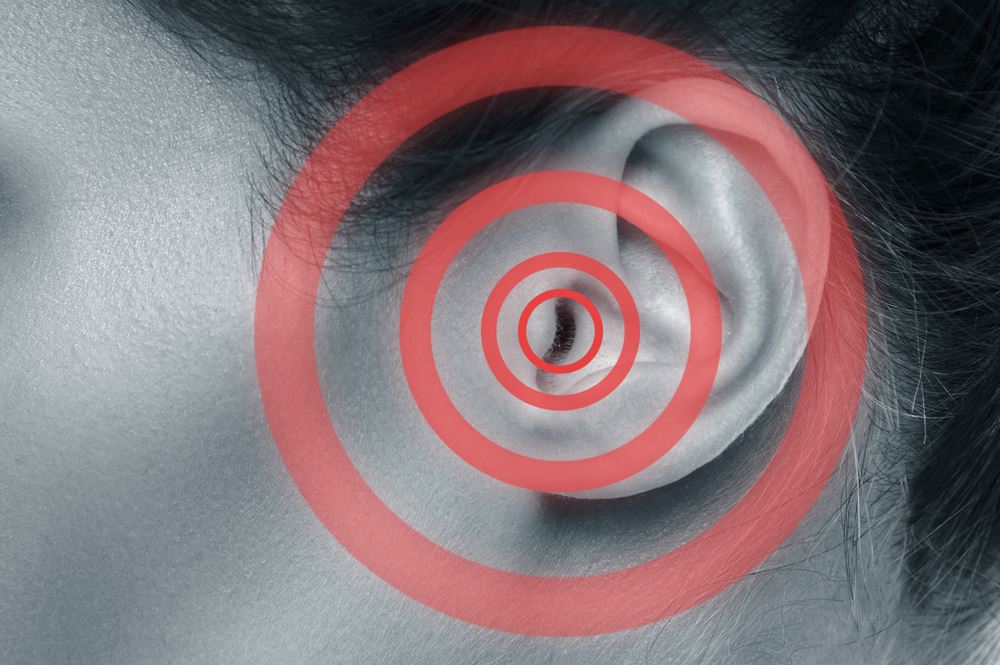Pathophysiology

Normally, the sound is perceived when the oscillations from the external source enters the ear and from there, are conducted as electrical signals in the neural pathways to the brain, where they are perceived by integration with the meaning of the sound.
The two main types of tinnitus have different underlying pathology. Subjective tinnitus originates from any disruption in the electrical conduction pathway in the neurons or the nucleus in the brain where the sound is perceived. Abnormal electrical currents in these pathways may show up as ringing in the ears.
The objective type of tinnitus does have an actual oscillatory source, which produces vibrations close to the ear’s sensory apparatus. Hence, the minor vibrations in the muscles and bones near the ear, and not from any external or visible source, can be conducted to the brain to cause a ringing or other patterns of tinnitus.
